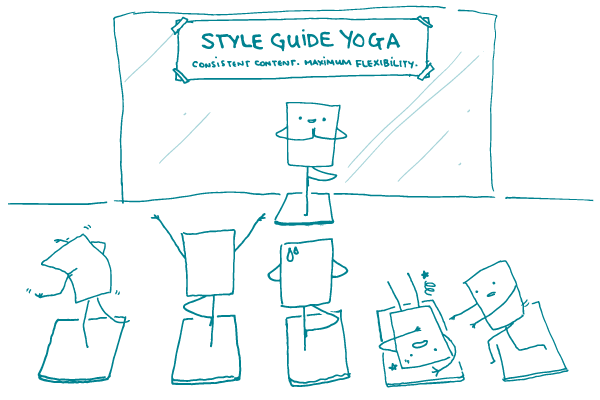
In this edition of We ❤ Health Literacy FAQs, we’re taking a look at style guides. We tend to get 3 main questions about them — hopefully the responses below will help!
What style guide does CommunicateHealth use?
We have an in-house style guide that’s focused on plain language, specific health terms, and our unique voice and tone. For all other debates we default to an imprecise mix of guidance from the Chicago Manual of Style and our preference for writing how we speak (granted, a bit more abstract). Lots of our clients have their own style guides, too.
How do I get others on board with breaking old grammar rules?
Language is always evolving. This is especially true now, given the advent of writing for the web and the growing popularity of plain language. It’s time to accept that some grammar rules are meant to be broken. Advocate for writing conversationally. The rest will follow.
And if you must, you can develop a separate plain language style guide for consumer writing. Keep the stodgy old one for professional audiences.
How do I create a plain language style guide?
This task can be daunting, dear reader — but keep in mind that Rome wasn’t built in a day. A quality style guide is created over time. Keep a running list of issues that come up. When you get into a debate over whether it’s 9th grade, ninth grade, or grade 9, make a note of your decision. When you come up with a great plain language definition for chronic obstructive pulmonary disease, write that down, too! Before you know it, you’ll have the outline of a style guide.
The bottom line: Style guides are important for keeping your content consistent, but they’re meant to be flexible.
Browse recent posts